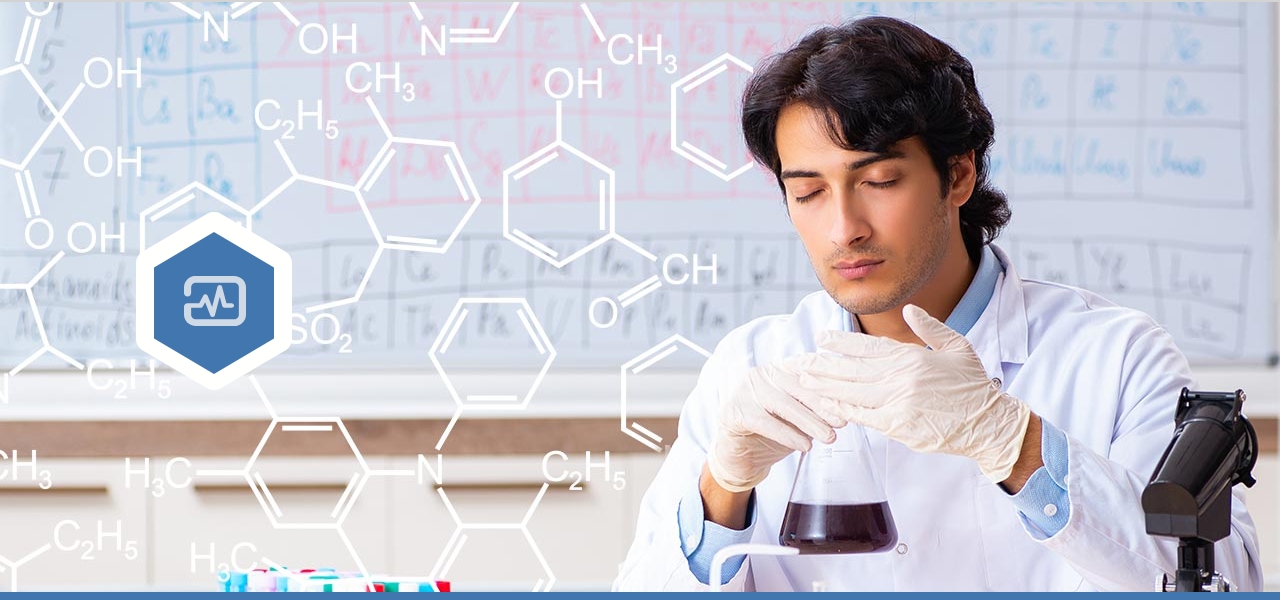
Just as COVID-19 is still advancing, so is the research of Weizmann Institute scientists as they develop ways to identify, predict, treat, and prevent the illness. One particularly innovative researcher is Prof. Noam Sobel.
A neurobiologist who is a world leader in olfaction research, Prof. Sobel works in the Weizmann tradition of following his curiosity as he harnesses the sense of smell to fight COVID. His previous studies have shown that our olfactory system has powers that many of us would never have imagined; he has used the sense of smell – our most ancient sense – to quantify the smell of fear; shed light on social miscues in autism and diagnose the condition; help locked-in, vegetative patients communicate; reveal subconscious reactions to the opposite sex; and much more.
When it comes to the novel coronavirus, his research is no less fascinating:
-
Why can’t we stop touching our faces? One of the earliest guidelines for preventing COVID was to avoid touching our faces – something that people worldwide quickly realized was surprisingly difficult. But why?
Prof. Sobel and his team showed that when we touch our faces, we are unconsciously smelling our hands, and that such hand-sniffing is an evolutionary adaptation to tell us about the people around us – and ourselves.
As a lab member tells Discover: “‘We learn a lot about people when we smell them, even if we don’t know that we did it … We learn about their mental state, learn about their physical state, if they’re ill or healthy. And we need this, it’s a huge part of our way to learn about the world. It’s a huge part of the decisions that we make.”
Smelling others is one thing, but why sniff ourselves, too? As the Sobel team explains to Discover, “we may smell ourselves to keep tabs on our own mental state and help interpret how we’re feeling.” And Prof. Sobel told Newsweek that “he was surprised by the extent to which people touch their own face. His team believes face-touching ‘is important for our psychological stability.’”
Newsweek continues: “Amid the COVID-19 pandemic, which has seen health officials around the world advise people to avoid touching their faces, Sobel said the review ‘implies that stopping to touch our face will be very difficult.’”
You can learn about your own sniffing habits and help advance the research: the Sobel lab is still gathering data for this study.
-
SmellTracker to monitor loss of smell. Prof. Sobel developed SmellTracker, an online questionnaire to help people track changes in their sense of smell, loss of which can be an early symptom of COVID-19. By identifying changes, SmellTracker helps diagnose infection. Reduced sense of smell also appears to be caused by some strains of the virus, but not all – thus, the test may also help distinguish between variants.
Discover reports on a further application of SmellTracker: identifying how often COVID patients lose their sense of smell. “Two international projects are asking ordinary people to rate the scents of household items in order to gather data on one of COVID-19’s more mysterious symptoms: anosmia, the loss of the ability to smell,” the publication writes. One of the projects is Prof. Sobel’s.
The goal of both is to determine how common anosmia is among COVID patients and whether it can be used to track the virus’s spread. You can evaluate potential symptoms and help the Sobel lab gather data by using SmellTracker.
-
E-nose to sniff out COVID. Prof. Sobel recently revealed a project that aims to identify COVID using an electronic nose, or e-nose. “Diseases change metabolic processes, and metabolites have a smell,” Prof. Sobel explains in this video.
Any facility in the world with an e-nose is trying to use it to identify COVID, he says; however, while others are taking samples in the lab, his team is going into the field. Working with Magen David Adam (Israel’s Red Cross), which is conducting COVID testing, the Sobel team is gathering samples from everyone who arrives for a test. The scientists will then compare their results with Magen David Adam’s, using data overlap and disparities to “train” the e-nose to sniff out COVID. If successful, the e-nose may be able to diagnose COVID in 80 seconds.
COVID has not stopped; nor should the research. Prof. Sobel’s projects are just some of the creative, hope-giving initiatives underway at the Weizmann Institute. You can help keep the science moving forward: please make a gift now.
